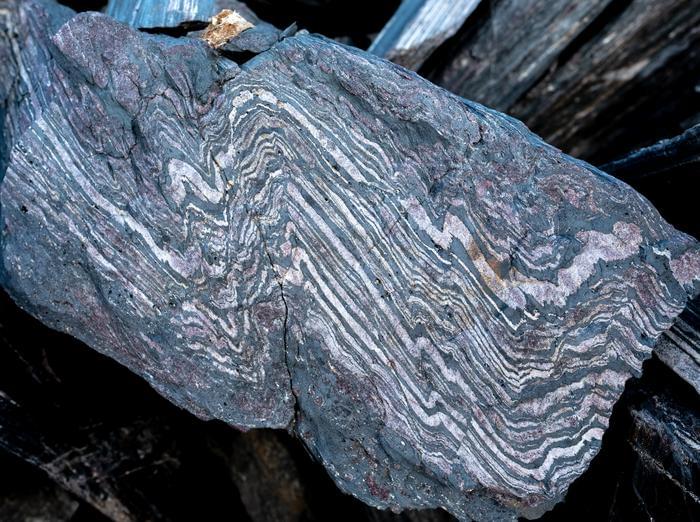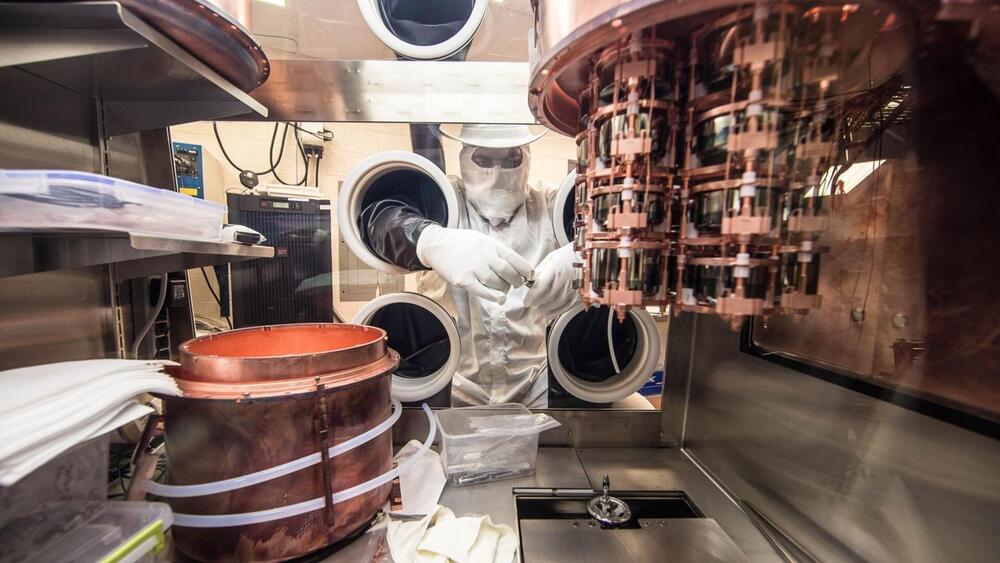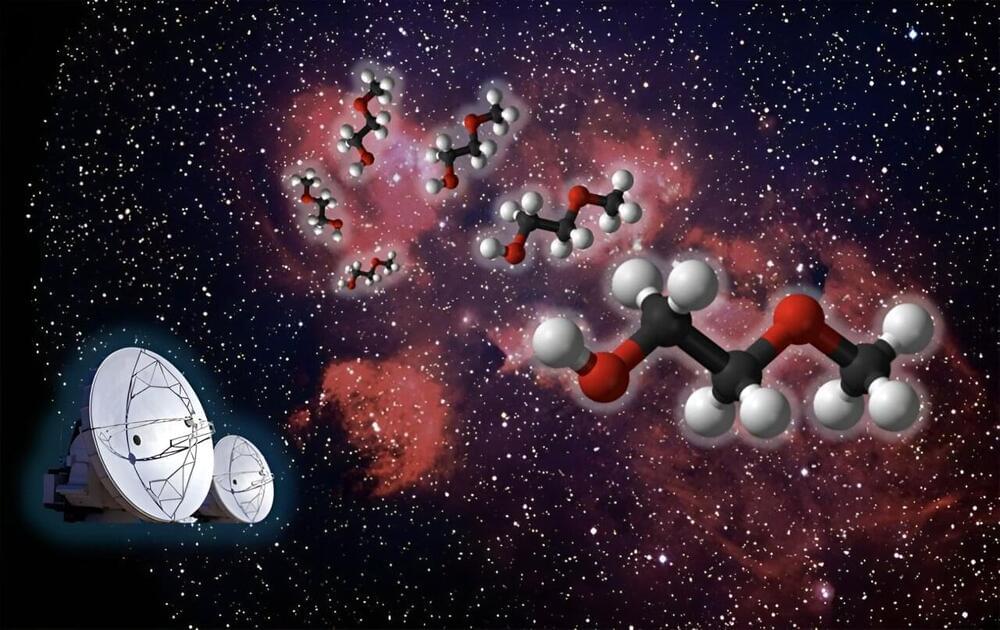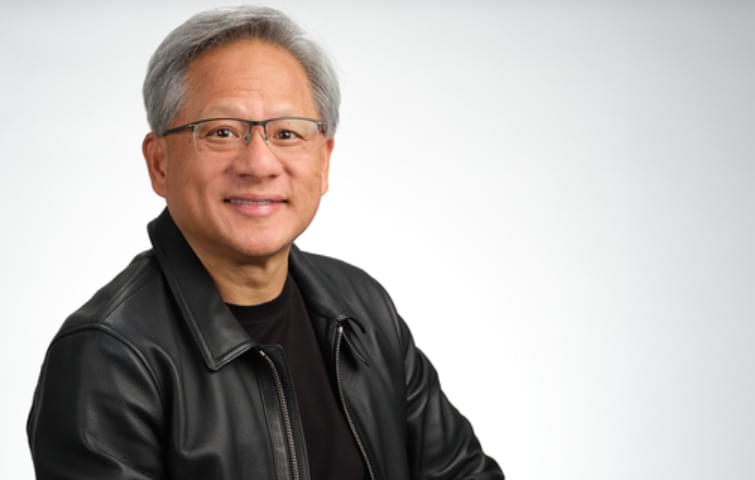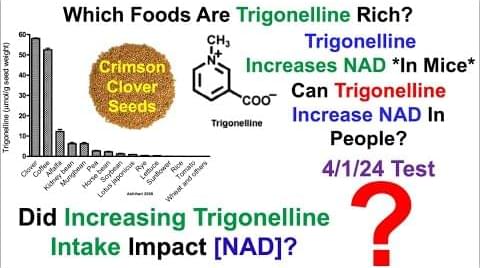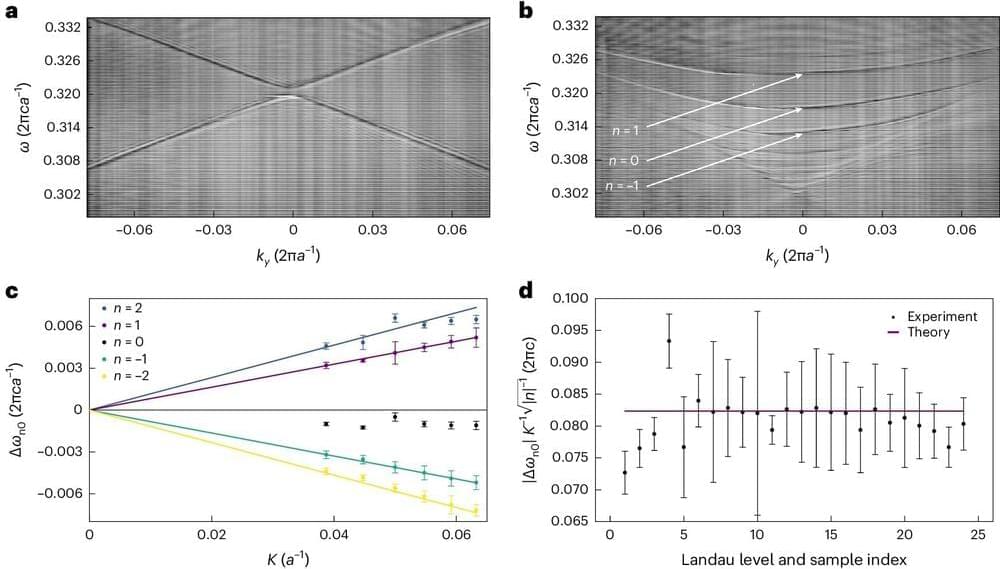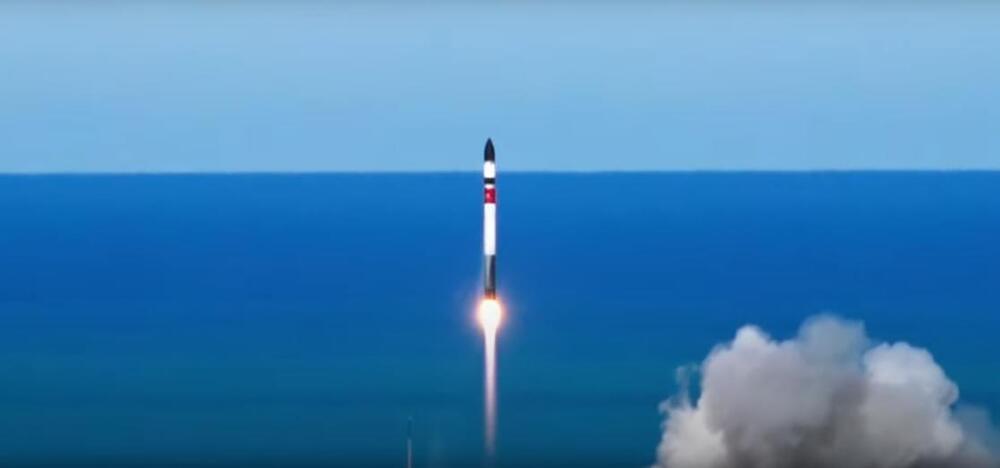Apr 24, 2024
Unveiling Earth’s Ancient Shield: A 3.7-Billion-Year-Old Magnetic Record
Posted by Laurence Tognetti, Labroots Inc. in category: particle physics
“Extracting reliable records from rocks this old is extremely challenging, and it was really exciting to see primary magnetic signals begin to emerge when we analyzed these samples in the lab.” said Dr. Claire Nichols.
How long has the Earth’s magnetic field existed? This is what a recent study published in the Journal of Geophysical Research Solid Earth hopes to address as a team of international researchers discovered evidence indicating that the Earth’s magnetic field existed as far back as 3.7 billion years ago and was approximately half as strong as it is today, which puts this as the oldest evidence of Earth’s magnetic field to date. This study holds the potential to help scientists better understand the processes responsible for producing the Earth’s magnetic field, which is responsible for shielding the planet’s atmosphere and surface from harmful space weather.
For the study, the researchers analyzed iron-bearing rock formations among the Isua Supracrustal Belt in Southern West Greenland whose iron particles record the direction and strength of the magnetic field and are locked in time due to crystallization. In the end, the researchers determined that the iron particles exhibit evidence of the Earth’s magnetic field from 3.7 billion years ago along with its strength being half of what it is today.
Continue reading “Unveiling Earth’s Ancient Shield: A 3.7-Billion-Year-Old Magnetic Record” »
